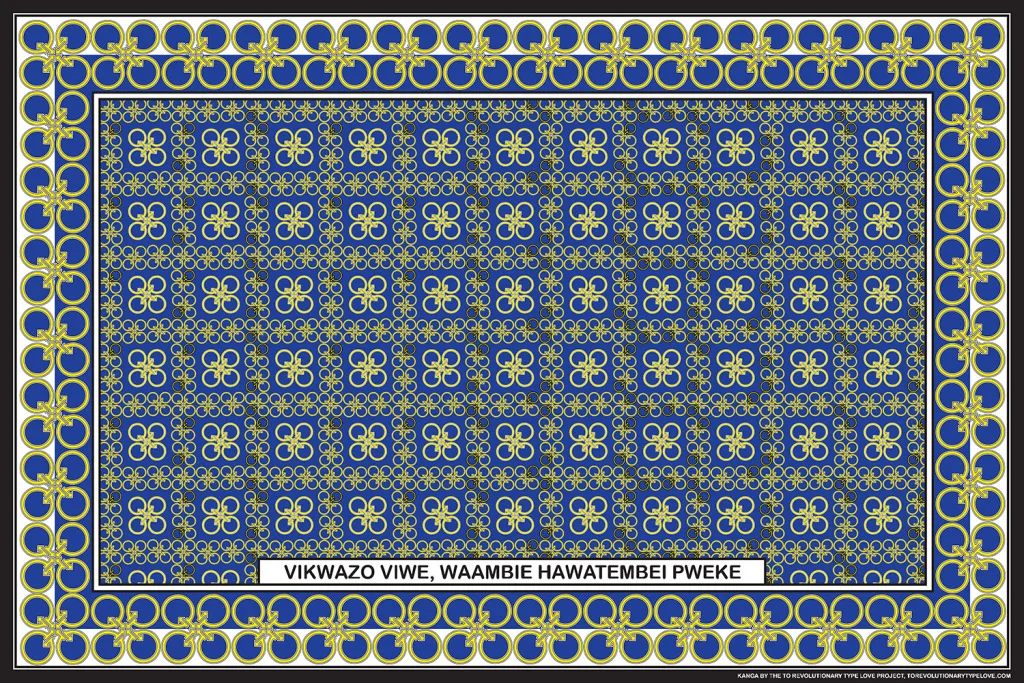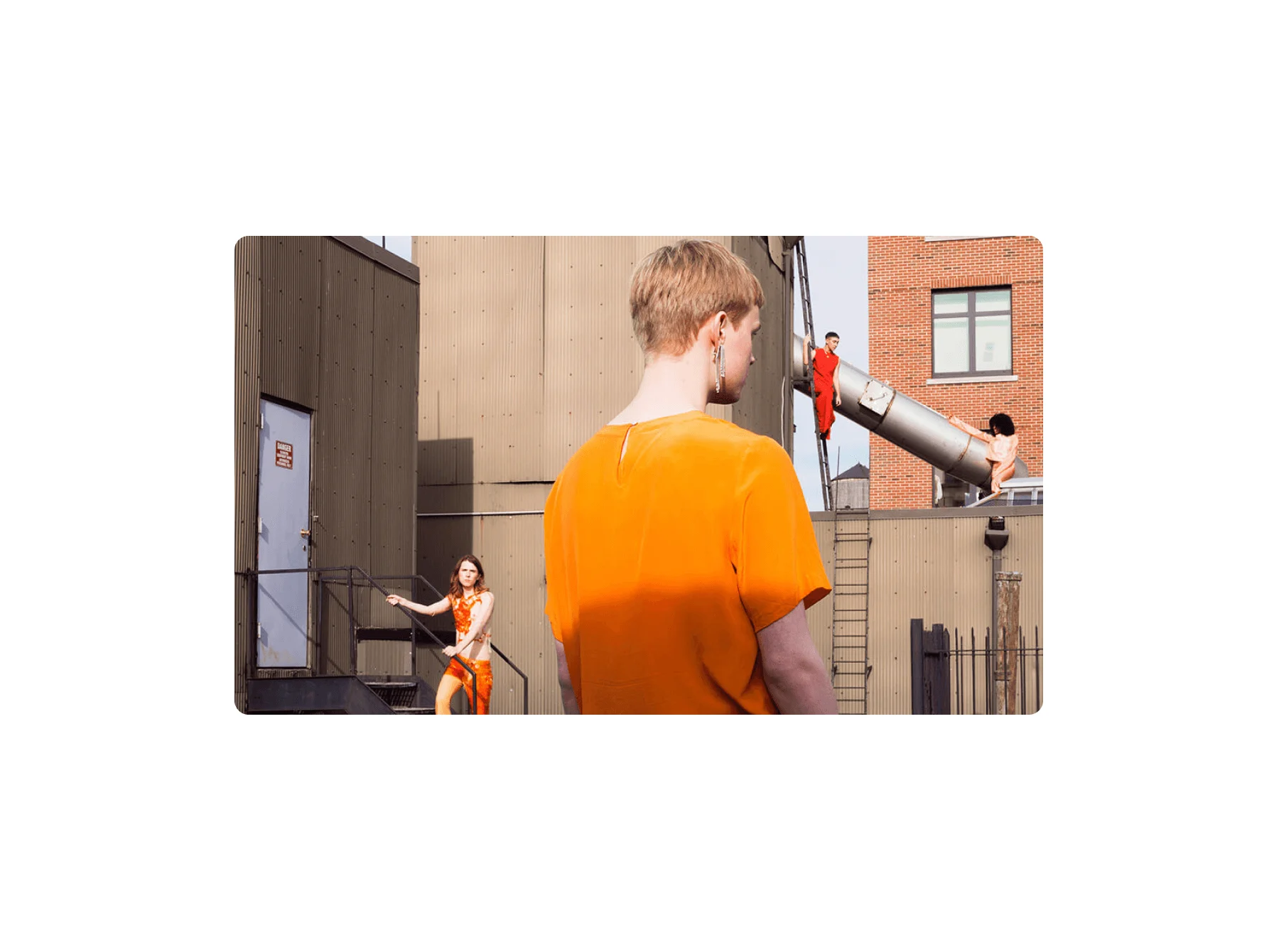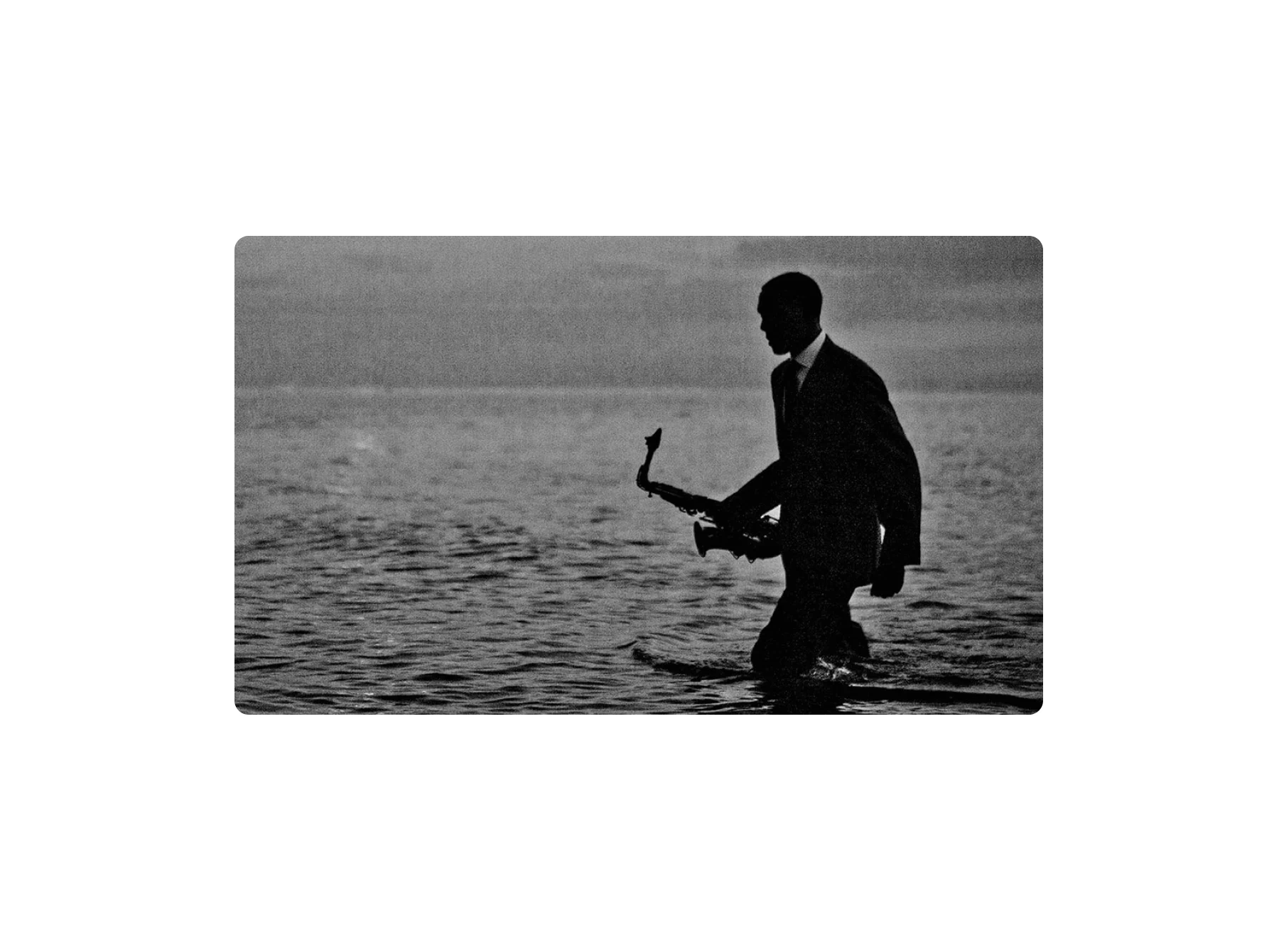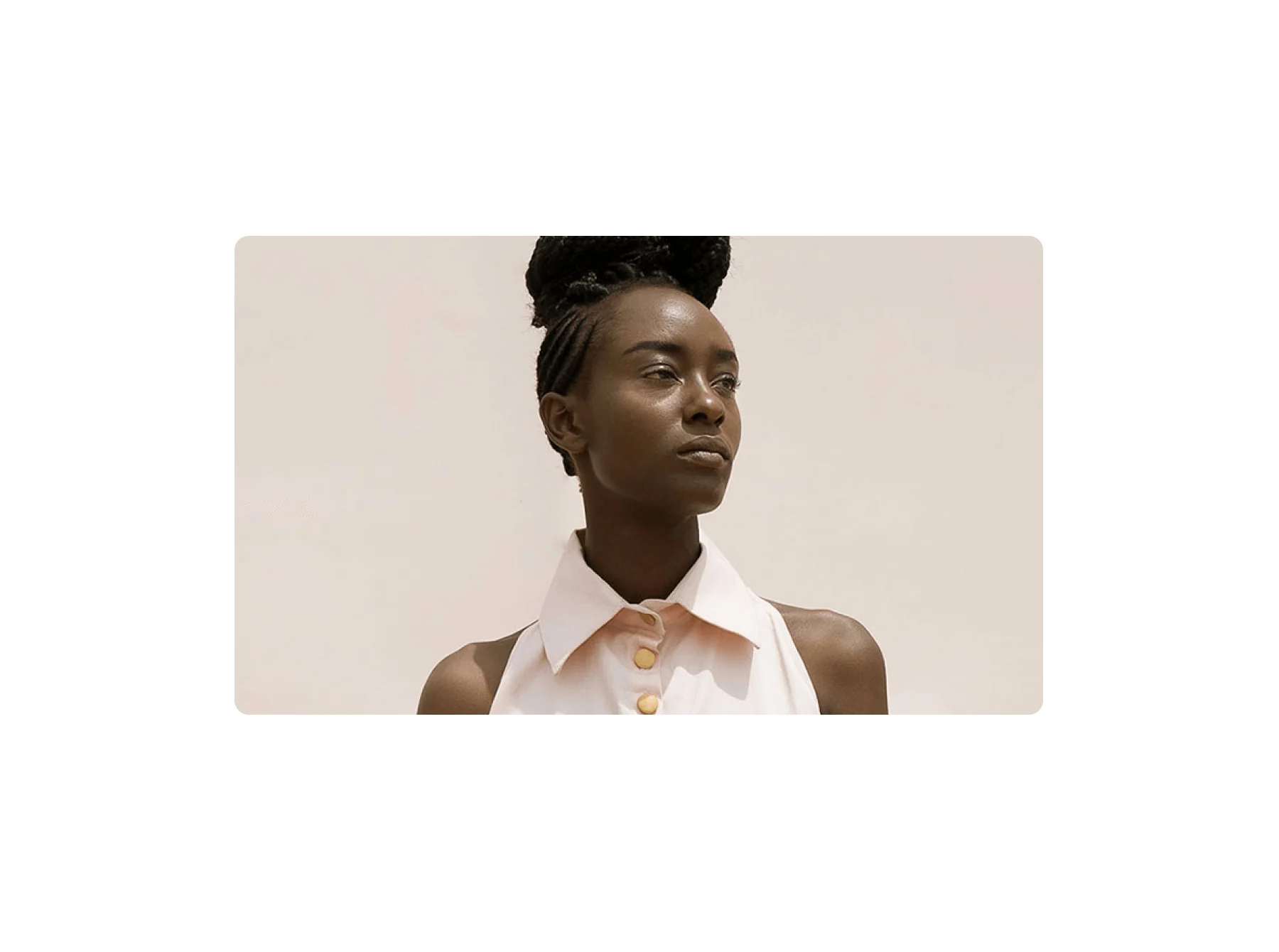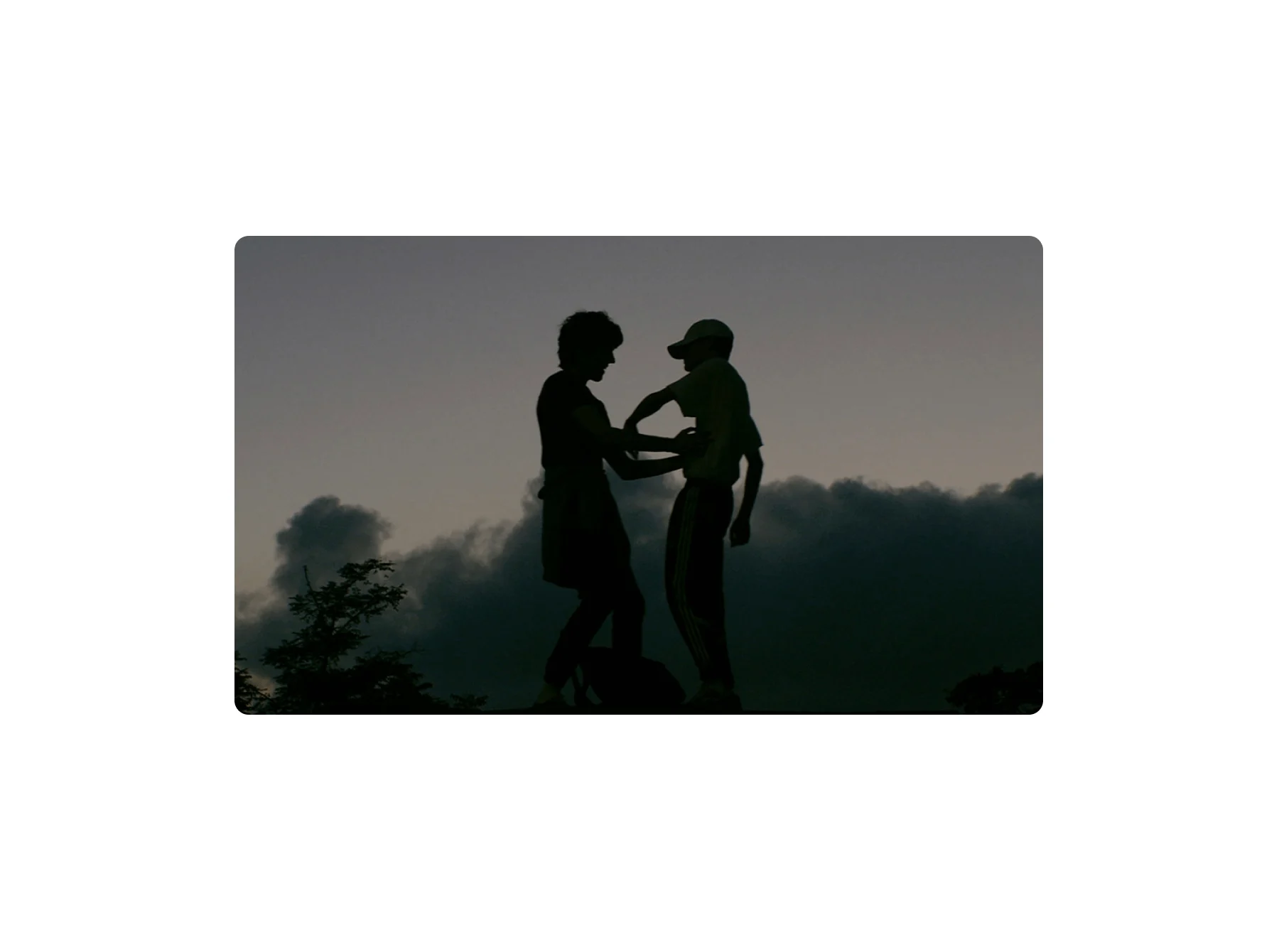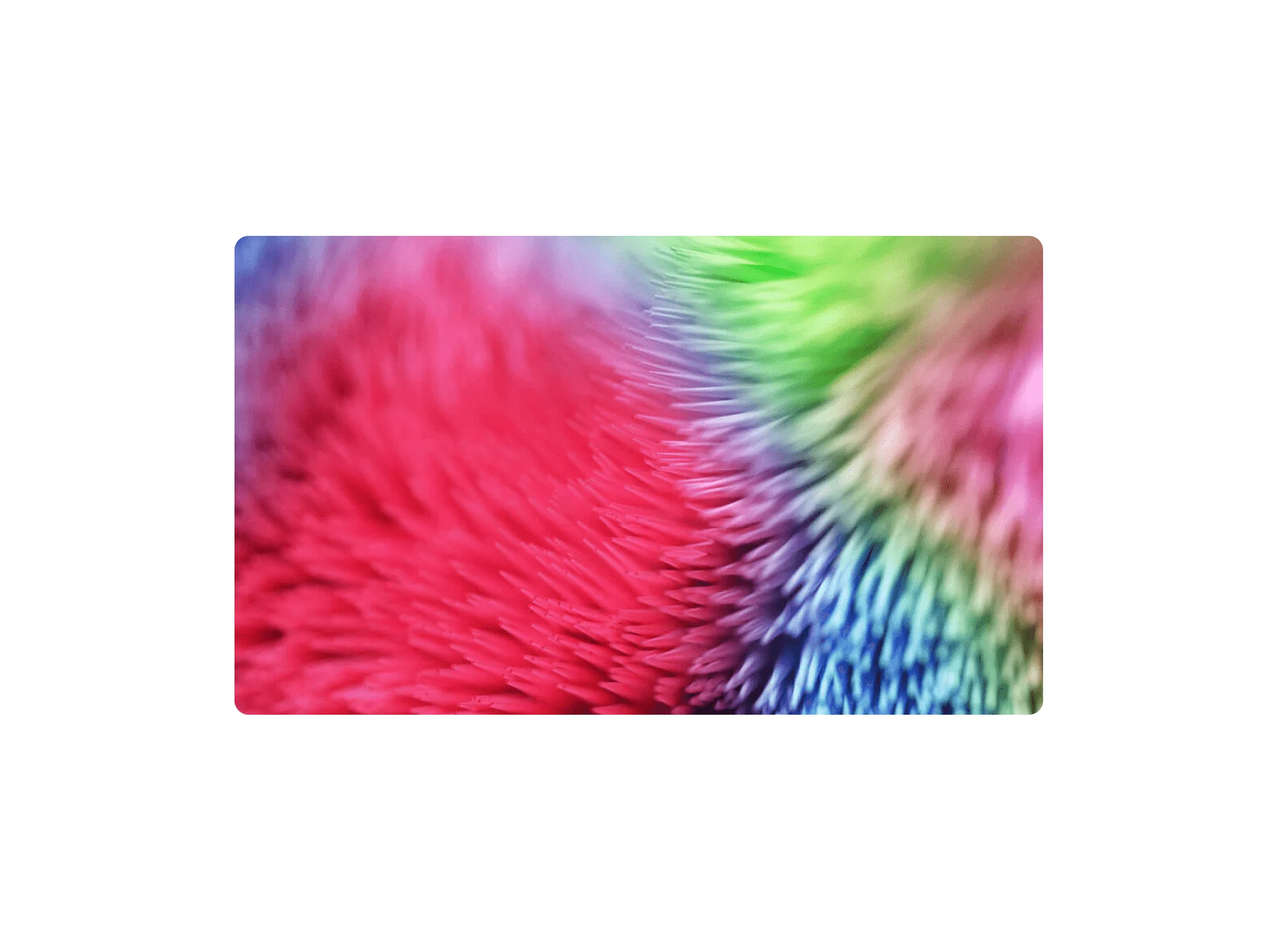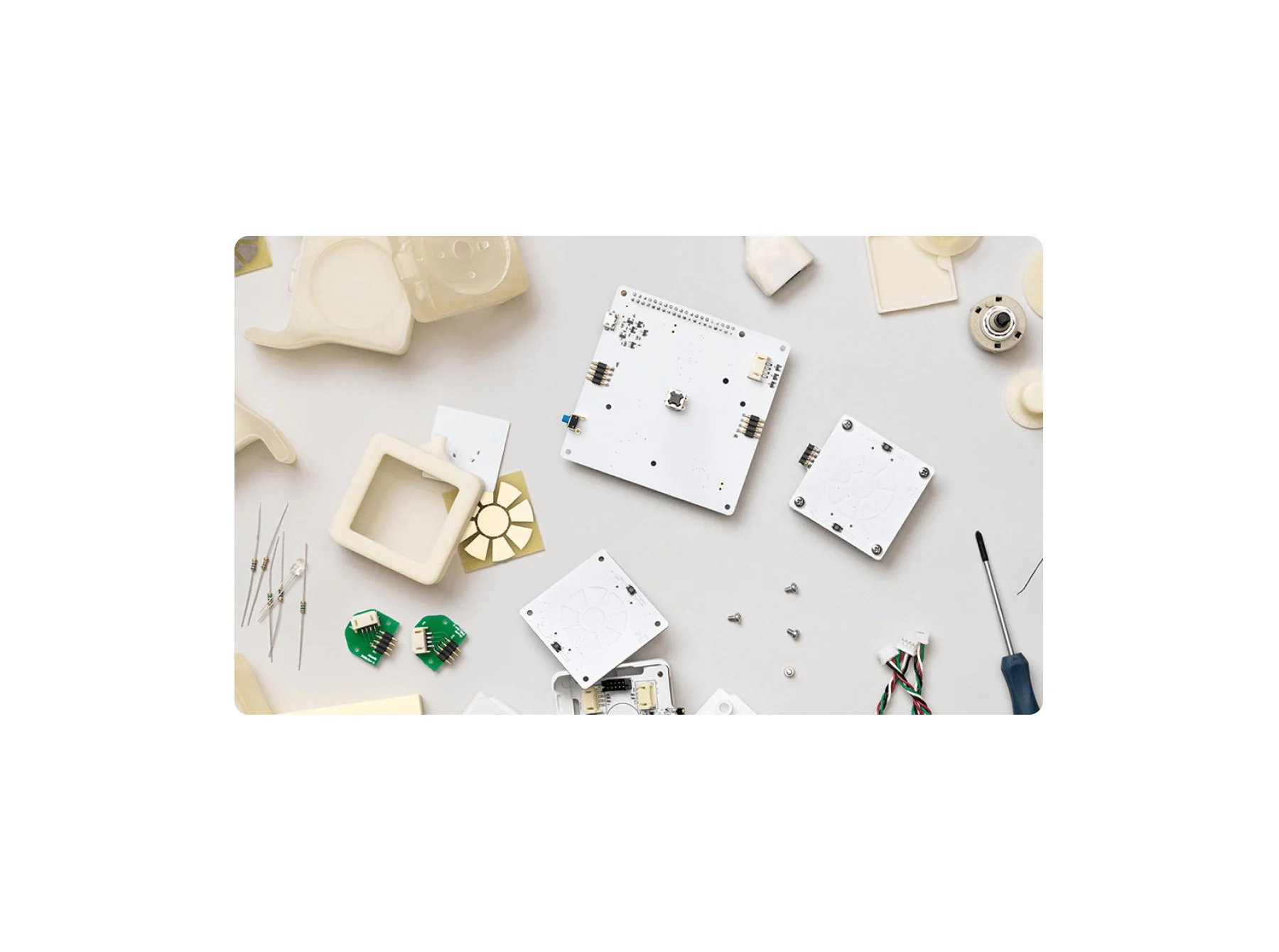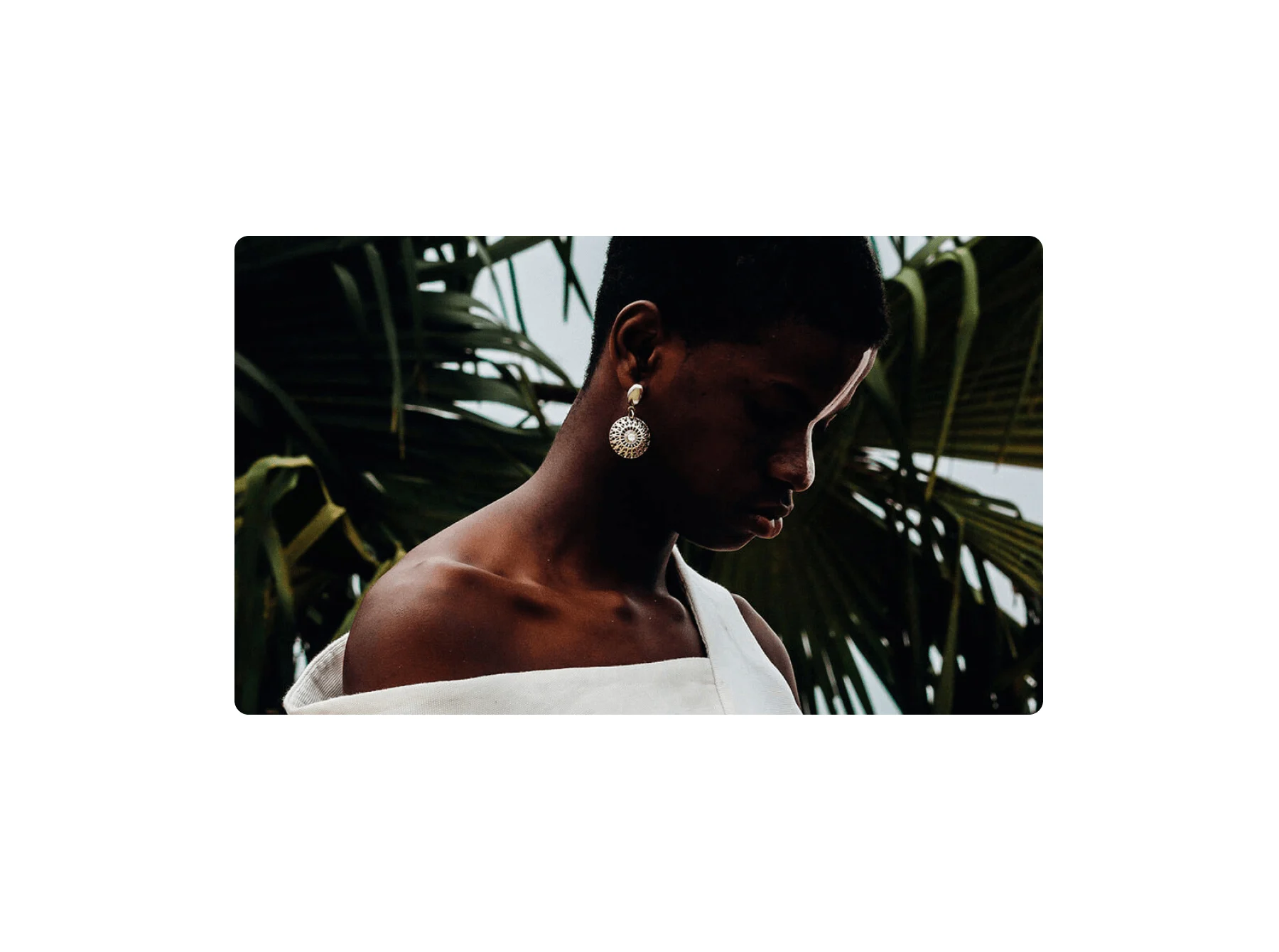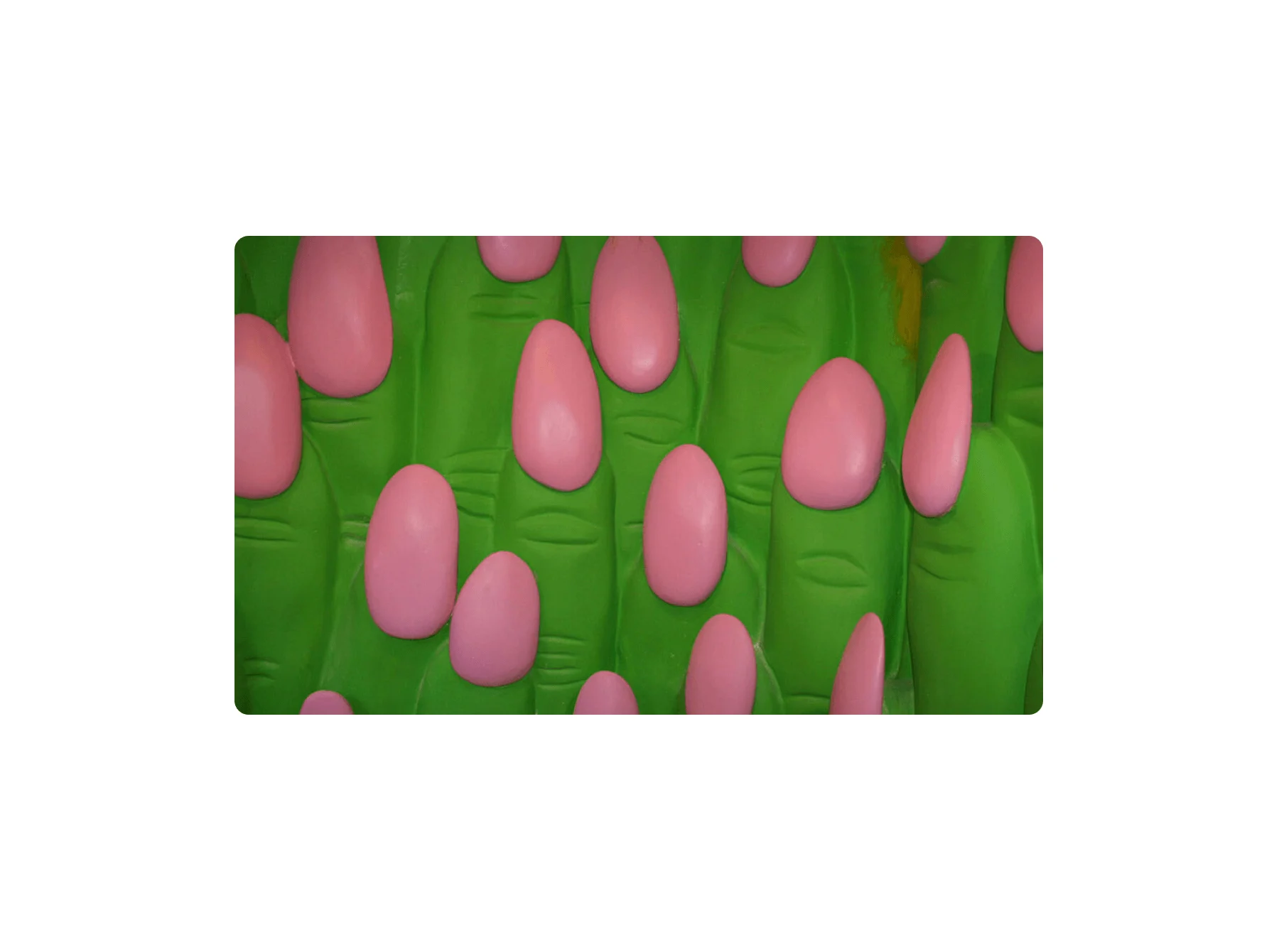
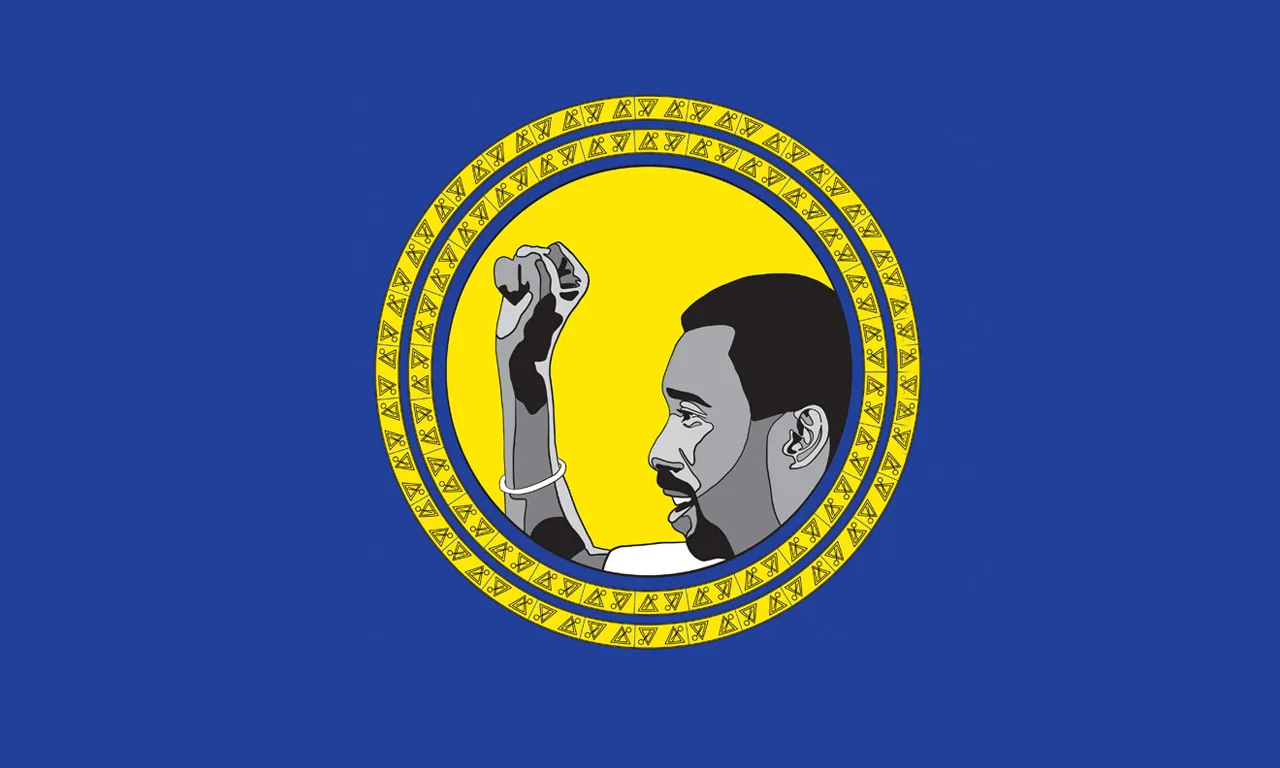
Kawira Mwirichia was chosen by The Nest Collective as one of the up-and-coming talents shaping the creative worlds of today and tomorrow, as part of our collaboration with creative network The Dots. See the whole set here.
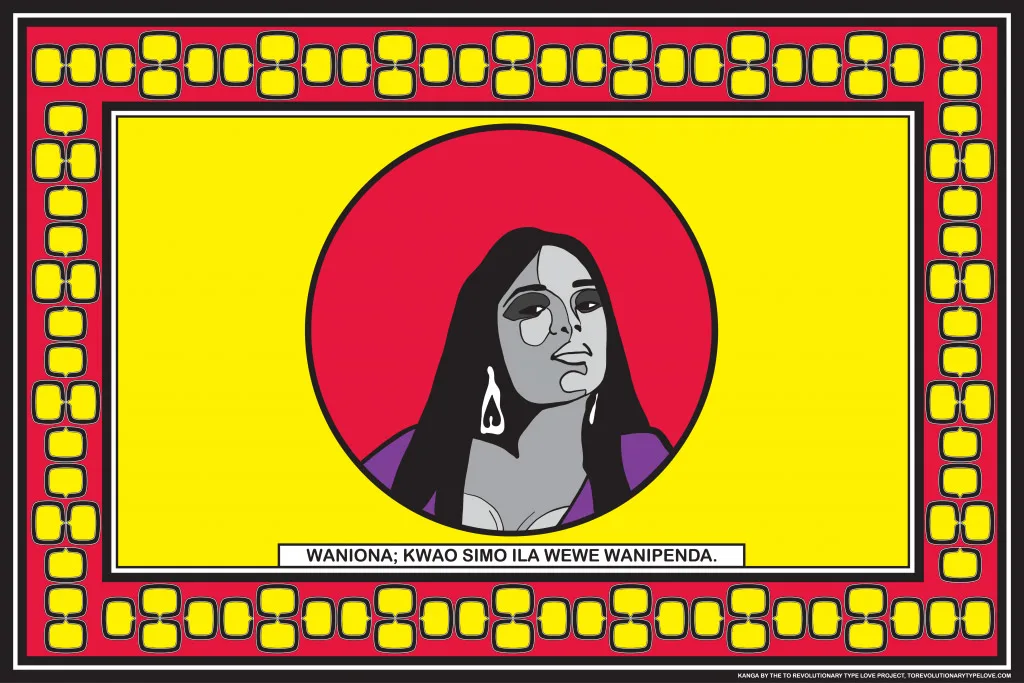
In Nairobi, Kenya, there are two different art scenes, artist and activist Kawira Mwirichia explains. There is the so-called Masai market which draws on traditional crafts and tribal customs, and there is the contemporary art scene, of “people who are experimenting with other ways of expression.”
Kawira’s project, To Revolutionary Type Love, creates a dialogue between these two creative scenes, as she uses traditional east African khangas to celebrate LGBT turning points from around the world.
Khangas are cotton cloths which feature colourful patterns and Swahili sayings. They are very common in east African culture, everyday objects that also play a symbolic role. As Ndinda Kioko points out in her essay The Khanga is Present, the combination of text and image became a way for traditionally silenced groups to express themselves. “It matters what the khanga says,” she writes. It became a place for, “imagination: a place for rage, a place to contest social norms.”
I realized it’s something that may not happen for many queer people in Kenyan society, that open gesture of welcome. That really moved me, so I wanted to use the medium of the khanga to celebrate our love.
Similarly, Kawira was drawn to khangas because of this understated power. “There are ways you can hide images in the abstract pattern,” she says. “It was a very interesting medium.” Khangas also play a part in traditional Kenyan marriage ceremonies – they are laid outside the bride’s door when the time comes for her to leave for the ceremony.
“I realized it’s something that may not happen for many queer people in Kenyan society, that open gesture of welcome. That really moved me, so I wanted to use the medium of the khanga to celebrate our love.”
For her ambitious project, Kawira is creating a new khanga for every country in the world, all 196. Each design combines that country’s flag, with a depiction of a pivotal moment in that country’s fight for LGBT rights. Some are more literal than others, featuring activists like the South African campaigner Simon Nkoli. Elsewhere there is a whisper of a symbol that becomes the foundation for the design – for Australia it’s the balloons that featured prominently in the first Pride celebrations in Sydney.
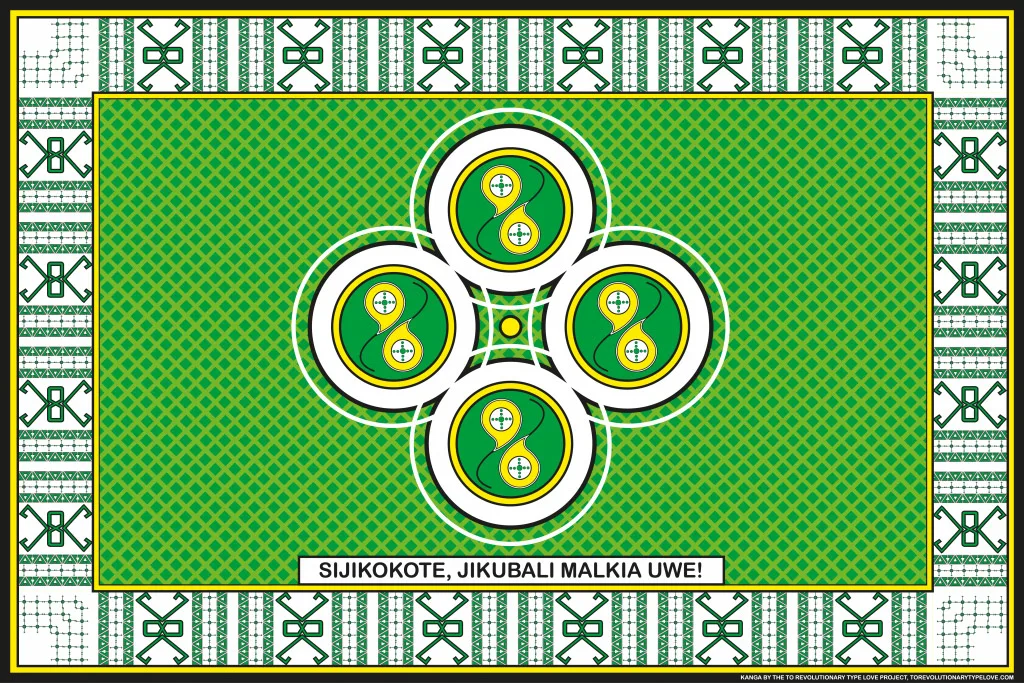
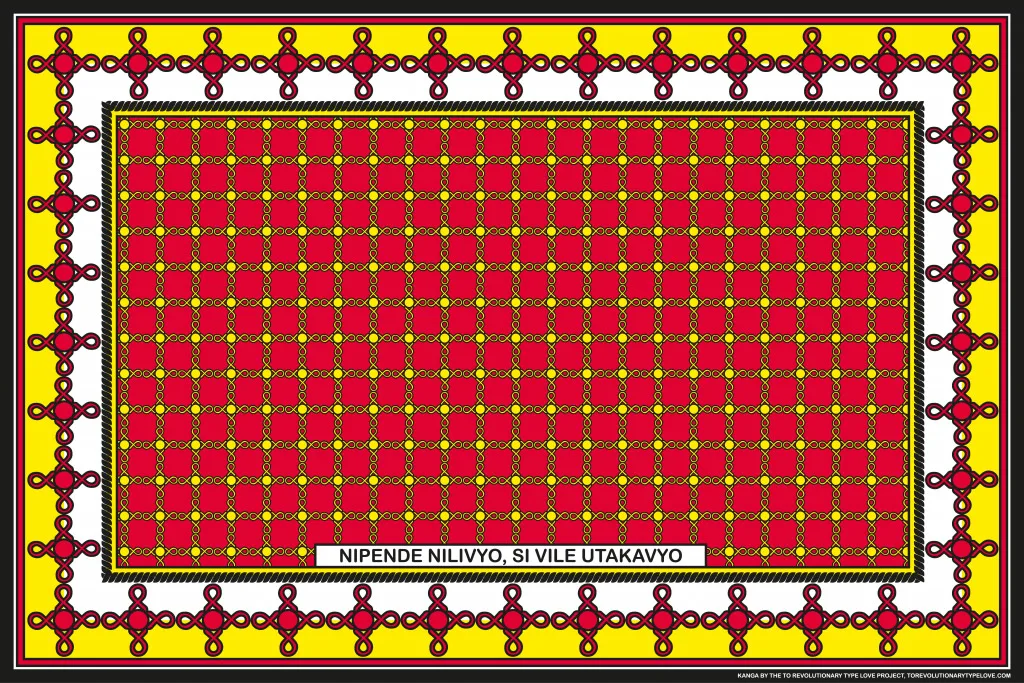
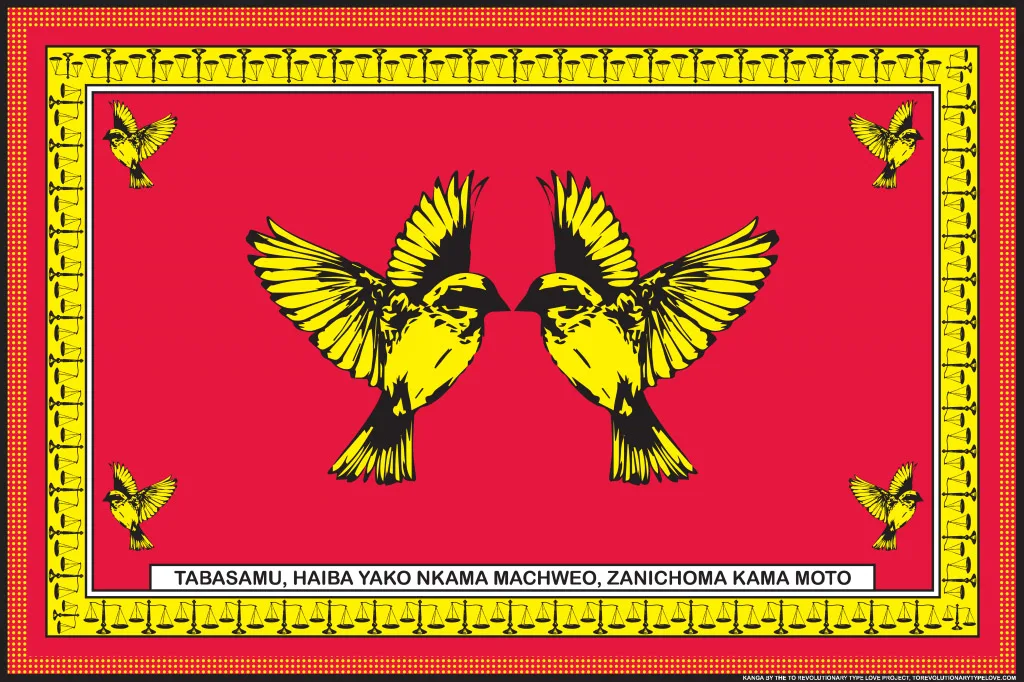
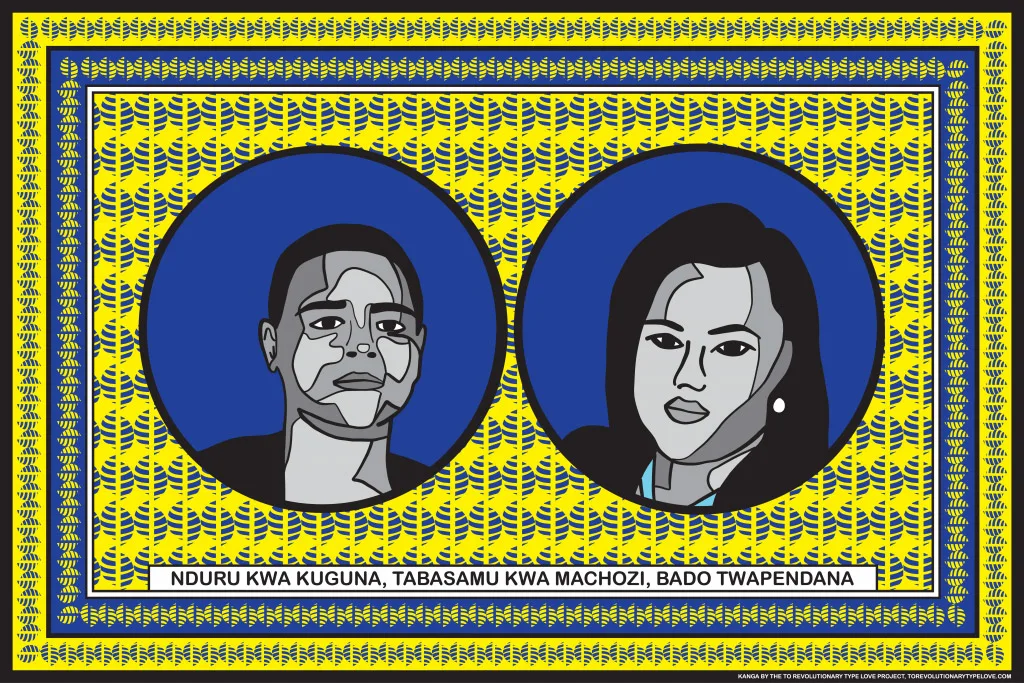
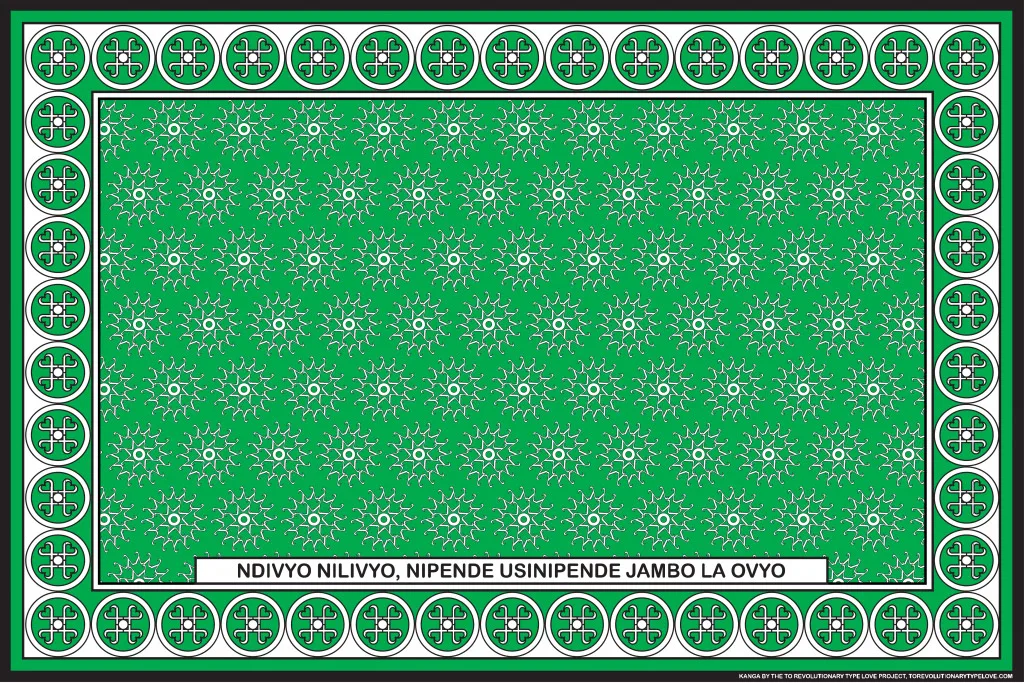
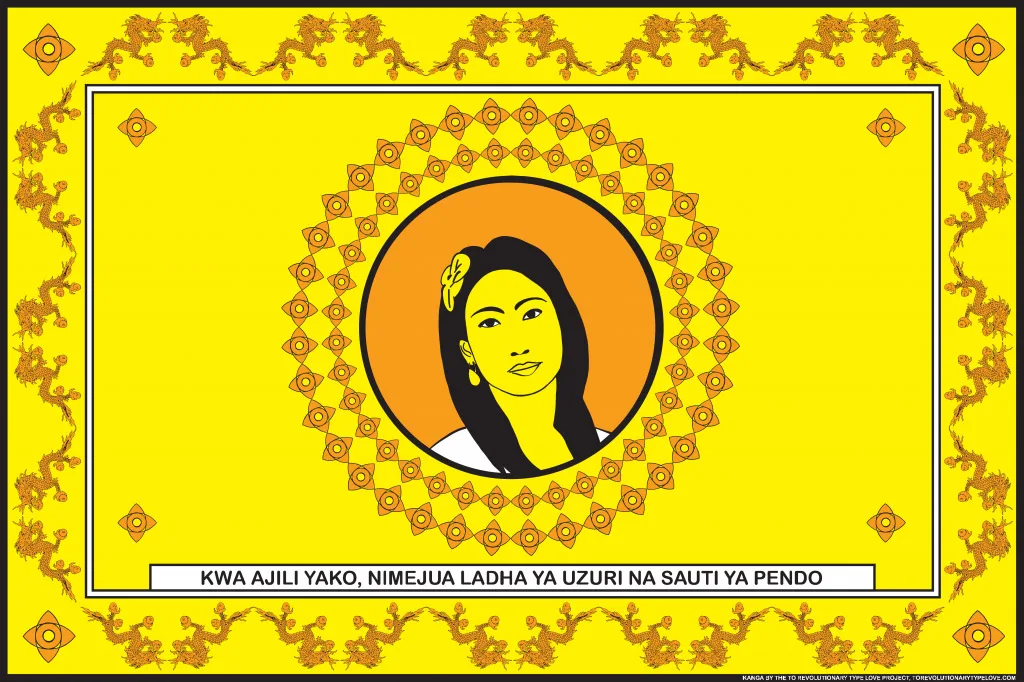
Kawira has created 36 so far, which she showed in May, and she hopes to complete the whole set for another exhibition in Nairobi next year. “I think a lot of us share our histories, either in oppression or celebration,” she says. “I wanted to capture those histories and celebrate them.”
Researching the LGBT turning points was not always easy. “America has a rich queer history, South Africa as well. But some countries are so oppressive, that just finding anything about it was quite difficult. I was looking for the moments that really shifted things for that nation and the people who were behind that.”For the quotations, she asked the Kenyan LGBT community to suggest uplifting and inspiring messages. The response was so huge that Kawira had to limit it to to 10 suggestions per person. Clearly the project has resonated with her peers, and her hope is to find ways to make the project as widely accessible as possible, printing the khangas on t-shirts or making them into fridge magnets.
“We want to look at ways where people can access the artwork and can have it represent themselves,” Kawira says. Kenyan society can still be quite homophobic and she feels a responsibility to try and engage her compatriots with the issue in new and engaging ways. “I don’t think Kenyans are hateful,” she says. “I think they are influenced by hateful people. We need to open up a space to talk more about sex, and then artists like me want to open that up even more to talk about queerness.”
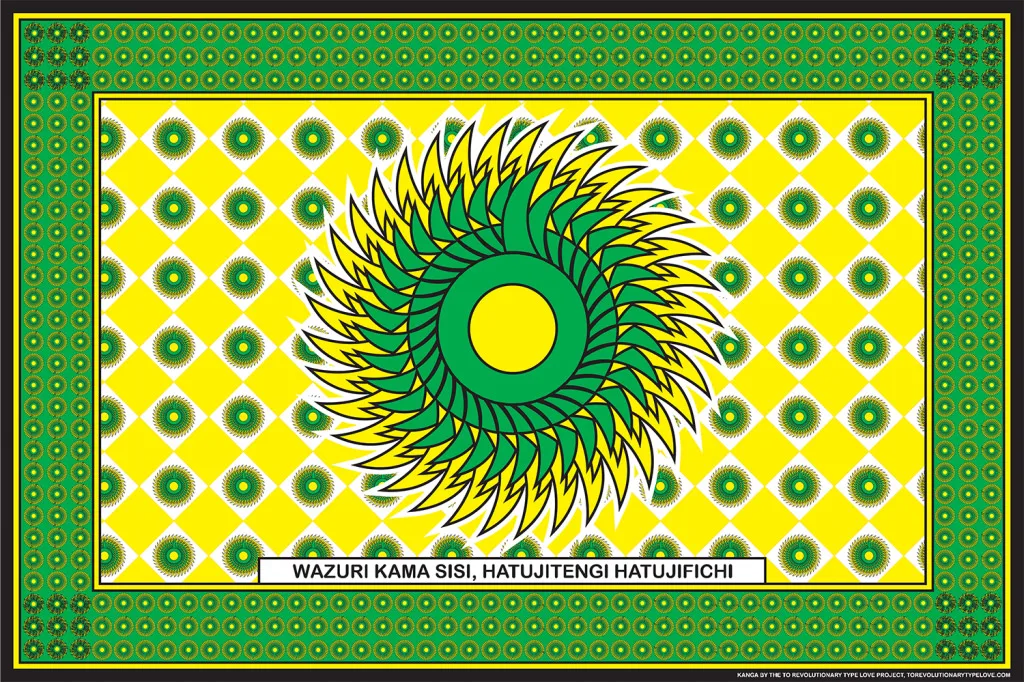
But though her longer term goals are wide-ranging, initially she hopes to affect people on an individual level, especially the LGBT community.
“The goal is for something to be born within them. Showing someone their beauty changes them. That’s a very important thing. It’s not going to be completely dramatic, like a makeover in the movies when people run home and start pulling all the clothes out of their closet.
“But they might be more immune to being put down. It will roll off their back a bit more; they will think, that’s not true. I have seen my beauty. I have been shown my beauty.”
